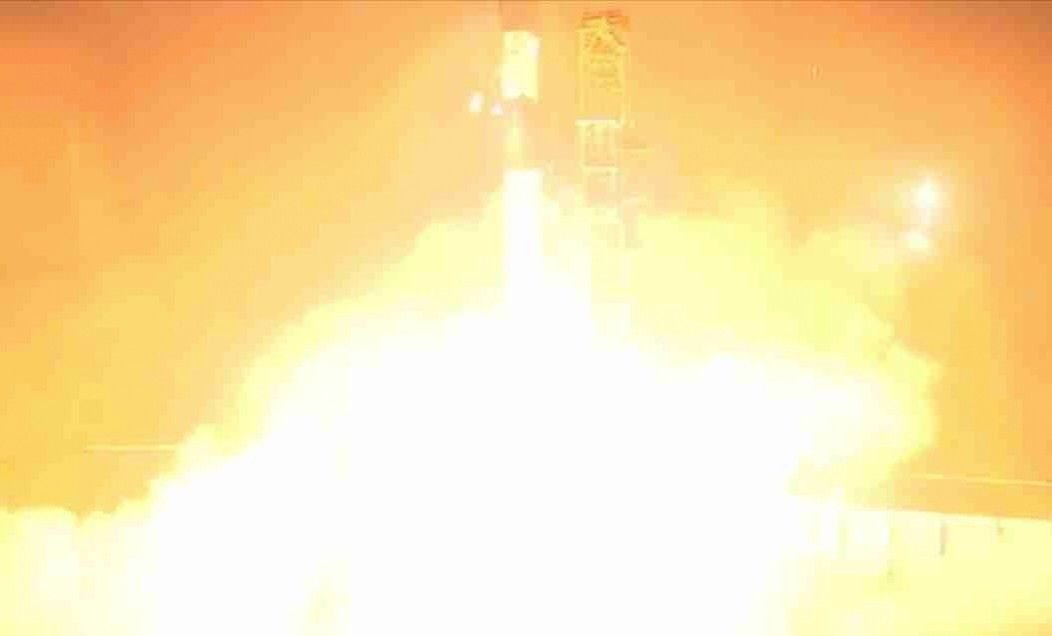ISRO’s reliable PSLV rocket blasted off from the Satish Dhawan Space Centre in Sriharikota, illuminating the night sky as it soared into space. In a swift 15 minutes, the rocket successfully ejected the twin SPADEX satellites into their intended orbit, 475 kilometers above the Earth’s surface.
According to ISRO Chief Dr. S.Somanath, the satellites were placed in the correct orbit, and their panels were deployed successfully. This milestone marks a crucial step in India’s space docking experiment. The next phase involves docking the two satellites, which is expected to take place by January 7.
M. Sankaran, Director of ISRO’s UR Rao Satellite Centre, explained that the satellites require about a week to position themselves optimally with respect to the sun. This alignment is necessary to harness solar power using their onboard solar panels. The successful completion of this experiment will pave the way for future Indian space missions, including those to the moon and beyond.
About SpaDeX Mission:
The SpaDeX mission is a pioneering endeavor aimed at demonstrating cost-effective in-space docking technology using two small spacecraft launched by PSLV. This technological advancement is crucial for India’s ambitious space programs, including lunar exploration, sample return missions, and the establishment of the Bharatiya Antariksh Station (BAS).
In-space docking technology is essential for missions that require multiple rocket launches to achieve common objectives. By mastering this technology, India is poised to become the fourth country worldwide to achieve space docking capabilities.
The SpaDeX mission involves launching two small spacecraft, each weighing approximately 220 kg, into a circular orbit at an altitude of 470 km. The PSLV-C60 launch vehicle will release the spacecraft with a slight relative velocity, allowing them to drift apart and establish a 10-20 km separation within a day.
The Target spacecraft will then adjust its velocity to compensate for the drift, bringing the two spacecraft into the same orbit with identical velocities, albeit separated by 20 km. This marks the beginning of the Far Rendezvous phase. Through a series of carefully orchestrated maneuvers, the Chaser spacecraft will gradually close the distance to the Target, ultimately achieving docking.
Following successful docking, the two spacecraft will demonstrate electrical power transfer before undocking and separating to commence their respective payload operations. The mission is expected to last up to two years, marking a significant milestone in India’s space exploration journey.








